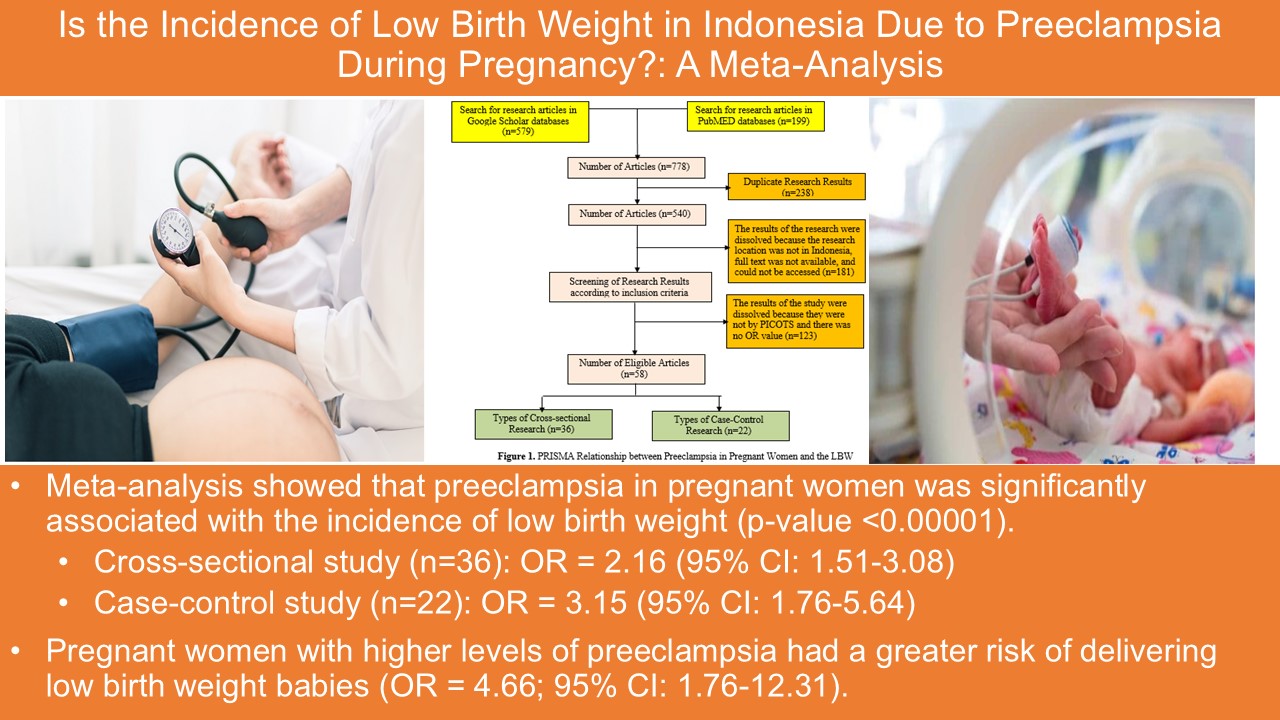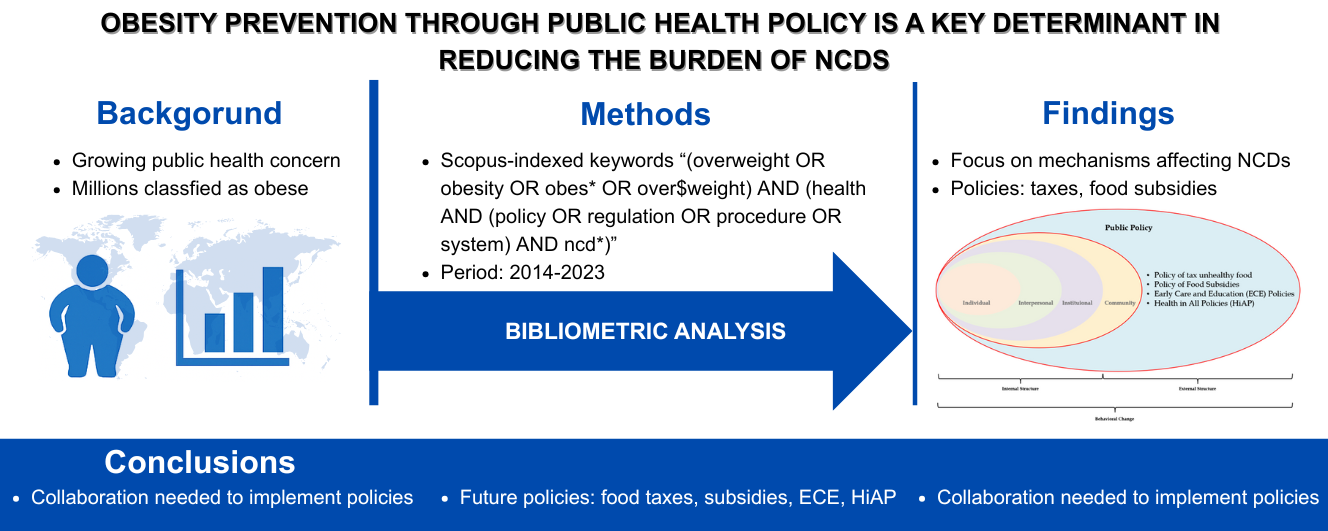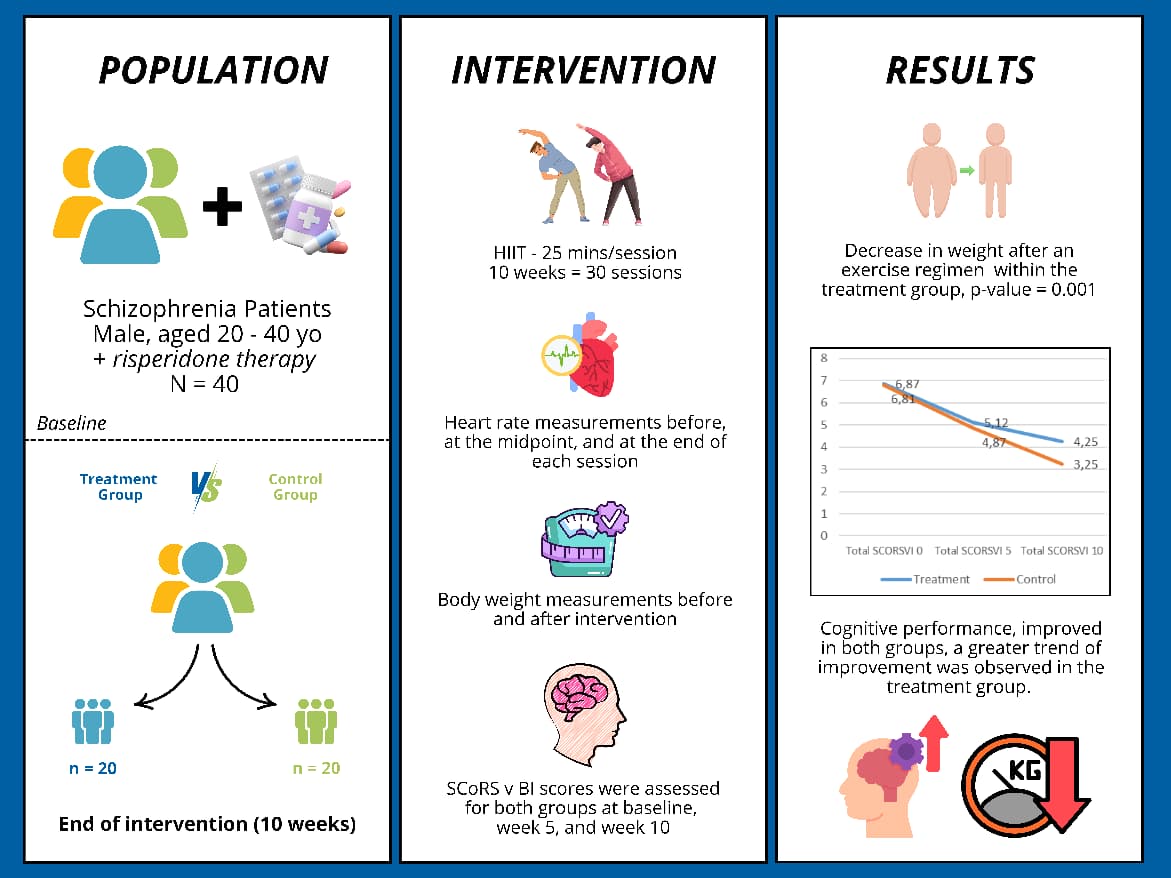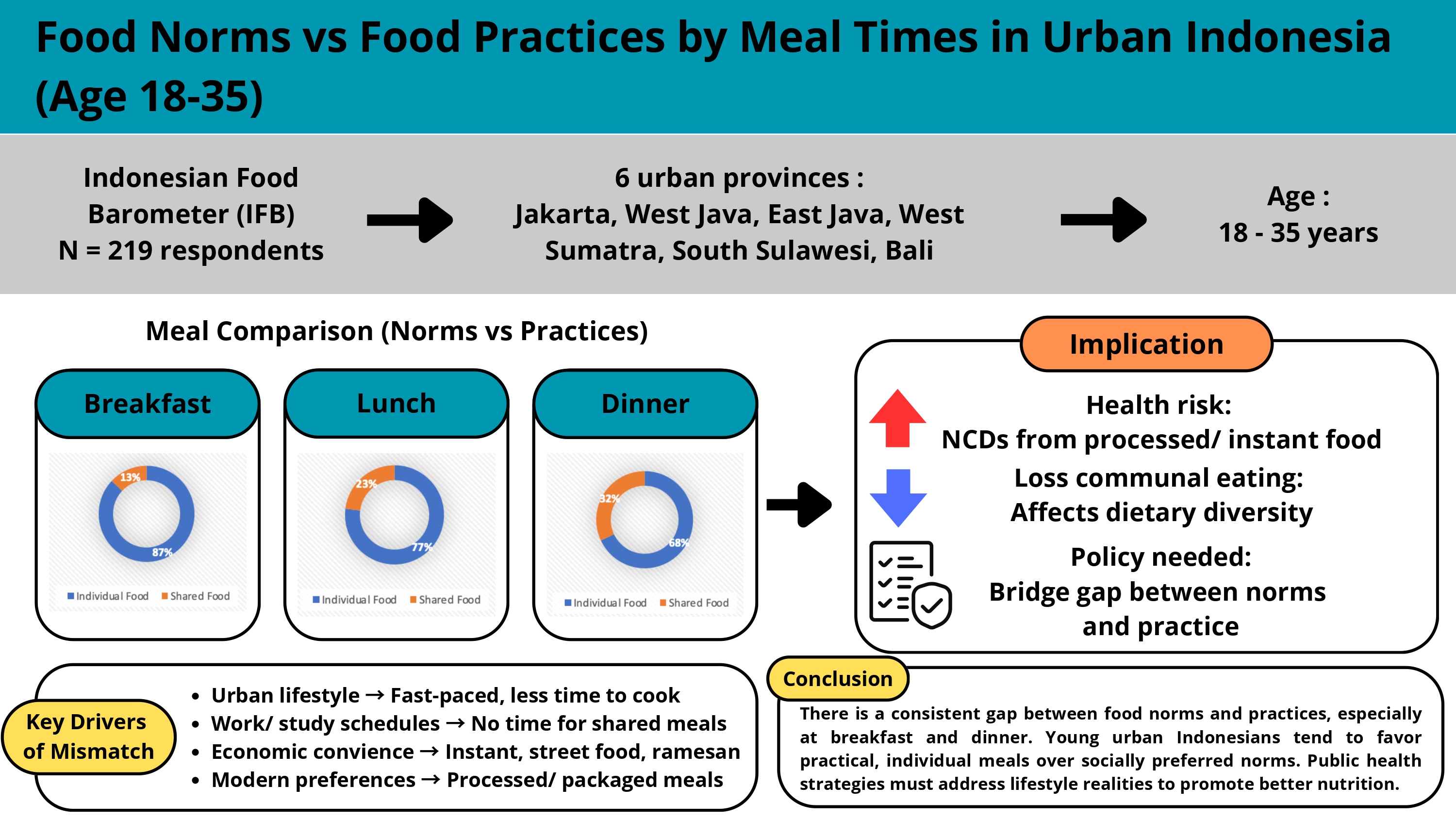The Effect of Red Dragon Fruit (Hylocereus polyrhizus) on ROS Plasma of Overweight Sprague Dawley Rats
Downloads
Red dragon fruit (Hylocereus polyrhizus) contains antioxidants, namely vitamin C, flavonoids, phenols, and betacyanins that can reduce or inhibit oxidative stress in the body. Excess body weight condition is associated with an increase in oxidative stress due to a decrease in antioxidants. This study was aimed to analyze the effects of red dragon fruit on the level of ROS (MDA) of overweight Sprague-Dawley rats. It used experimental analysis by using pre- and-posttest design with control group. A total sample of 30 male white Sprague-Dawley rats aged 8-12 weeks old with 150-200g of body weight were divided into 6 groups, namely: normal, negative control (KN), positive control (KP), red dragon fruit juice 3.5 g/200gBW (P1), overweight + dragon fruit juice 7 g/200gBW (P2), overweight + dragon fruit juice 10.5g/200gBW (P3) and were observed for 14 days. ROS levels were measured in the beginning and at the end of the intervention by using MDA markers with TBARs method. The results of MDA level measurements were 3.83 ± 0.13 in the KP group, 7.18 ± 0.27 in the P1 group, 5.30 ± 0.30 in the P2 group, and 4.35 ± 0.42 in the P3 group. The results of one-way ANOVA test showed a significant difference in MDA levels in all intervention groups compared to those of the normal and KN groups (p = 0.05). In conclusion, red dragon fruit intake can reduce ROS levels in overweight Sprague-Dawley rats.
Ardiansyah. S.A.. Hidayat. D.S.. and Simbolon. N.S. (2018). Uji AktivitasAntiobesitasdariEkstrakEtanolDaunMalaka (Phyllanthus emblica L.) TerhadapTikusPutihJantanGalur Wistar. Indonesian Journal of PharmaceuticalScience and Technology.VII (1)
Choo. W.S.. and Yong. W.K. (2011). Antioxidant Properties of Two Species of Hylocereus Fruits. Advaced in Applied Science Research. 2(3). 418-425.
de Mello. A.H.. Costa. A.B.. Engel. J.D.G.. and Rezin. G.T. (2017). Mitochondrial Dysfuntion in Obesity. Life Sciences. 192. 26-32.
Hall. J.E.. do Carmo.J.M.. da Silva. A.A.. Wang. Z.. and Hall. M.E..(2019). Obesity. Kidney Dysfunction Hypertension: Mechanistic Links. Nature Reviews Nephrology. 15(6). 367-385.
Hapsari. Y.T.. and Kusumastuti. A.C. (2014). Pengaruh Vitamin C Terhadap Kadar Low Desity Lipoprotein (LDL) Lanjut Usia Setelah Pemberian Jus Lidah Buaya (Aloe Barbadensis Miller). Journal of Nutrition College. 3(4). 770-776.
Karimah, F., Achmad, S., & Prawiradilaga, R. S. (2014). Efek jus buah naga super merah (Hylocereus costaricensis) dan simvastatin terhadap kadar kolesterol total darah dan bobot badan tikus jantan galur Wistar hiperkolesterolemia. Global Medical and Health Communication, 2(2), 79-84.
Khadaee. G.H and Saidi. M. (2016). Increases of obesity and overweight in children: an Alarm of parents and policymakers. International journal of Pediatrics.4(28). 1591-1601.
Kim, Y., 2017. Quality of fresh vegetable and fruit juice produced with low-speed and high-speed juicers. The Korean Journal of Food And Nutrition, 30(3), pp.568-577.
Lee S, Kim J, Lee Y, Yang SH, Lee I, Suh J, and Kim S. 2011. Anti-Obesity Effect of Monascus pilosus Mycelial Extract in High Fat Diet-Induced Obese Rats. J. Apl Biol Chem. Vol. 54, no. 3, hlm. 197-205.
Longo. M.. Zetterale. F.. Naderi. J.. Parrillo. L.. Formisano. P.. Raciti. G.A.. Beguinot. F.. and Miele. C. (2019). Adipose Tissue Dysfunction as Determinant of Obesity-Associated Metabolic Complications. International Journal of Molecular Sciences. 20. 2358.
Ioannides-Demos, L. L., Piccenna, L., & McNeil, J. J. (2011). Pharmacotherapies for obesity: past, current, and future therapies. Journal of obesity, 2011.
Ma'arif, M. Z., & Suradi, S. (2020). Jurnal Gizi Indonesia. Jurnal Gizi Indonesia (The Indonesian Journal of Nutrition), 9(1), 53-60.
Mahattanatawee. K. (2006). Total Antioxidant Activity and Fiber Content of Select Florida-grown Tropicals Fruits. Journal of Agricultur and Food Chemistry. 54(19). 7355-7363.
Mesquida. M.M.. Liabres. M.Q.. Capo. X.. Bouzas. C.. Mateos. D.. Pons. A.. Tur. J.A.. and Sureda. A. (2020). Metabolic Syndrome is Associated with Oxidative Stress and Proinflammantory State. Antioxidants.9(236).
Muhammad. H.F.L. (2020). Prevention of Weight Gain During Self-Isolation in COVID-19 Pandemic Era: A Narrative Review. Journal of Community Empowerment For Health. 3(2).
Moazen.S.. Amani. R.. Homayouni. R.A.. Shahbazian. H.. Ahmadi. K.. dan Jalali. M.T. (2013). Effects of Freeze-Dried Strawberry Supplementation on Metabolik Biomarkers of Atherosclerosis in Subjects with Type 2 Diabetes: A Randomized Double-Blind Controlled Trial. Annals of Nutrition Metabolism.63. 256–264.
Nisa C, and Madjid IJ. 2016. Potensi Glukomanan Pada Tepung Porang Sebagai Agen Anti-Obesitas Pada Tikus Dengan Induksi Diet Tinggi Lemak. Jurnal Gizi Klinik Indonesia. Vol. 13, no. 1, hlm. 1-6.
Nisa FK, Ningtyias FW, and Sulistiyani. 2019. The Influence of Giving Red Dragon Fruit Juice (Hylocereus Polyrhizus) to Decrease Blood Pressure. Jurnal Gizi dan Kesehatan. Vol. 3, no. 1, hlm. 12-18.
Rebello.C.J.. Kirwan. J.P.. and Greenway. F.L. (2020). Obesity. The Most Common Comorbidity in SARS-CoV-2: is Leptin the Link?.Journal of Obesity. 44. 1810-1817.
Saklayen. M.G. (2018). The Global Epidemic of the Metabolic Syndrome. Current Hypertension Reports. 20 (2). 1-12.
Sudargo. T.. Muhammad. H.F.L.. Rosiyani. F.. and Kusmayanti. N.A. (2014). Pola Makan dan Obesitas. Yogyakarta. Gadjah Mada University Press.
Susanti. T.M.I.. and Panunggal. B. (2015). Analisis Antioksidan. Total Fenol. dan Kadar Kolesterol pada Kuning Telur Asin dengan Penambahan Ekstrak Jahe. Journal of Nutrition Collage. 4(2). 636-644.
Susantiningsih. T. (2015). Biokimia Stres Oksidatif dan Prosedur Laboratorium. Aura Printing & Publishing. Bandar Lampung.
Tan. B.L and Norhaizan. M.E. (2019). Effect of High-Fat Diet on Oxidative Stress.Cellular Inflammatory Response and Cognitive Function. Nutrients. 11(11).
Tan. B.L.. Norhaizan. M.E. and Pui-Pui Liew. W. (2018). Nutrients and Oxidative Stress: Friend or Foe?. Oxidative Medicine and Cellular Longevity. 1(24).
Tchernof. A and Despres. J.P. (2013). Pathophysiology of Human Viseceral Obesity: An Update. Physio Rev. 93. 359-404.
Thadeus. M.S.. Fauziah. C.. Zulfa. F.. and Anisah. (2018) . Effect of Red Dragon Fruit Extract (Hylocereus Polyrhizus) on Membrane Lipid Peroxidation and Liver Tissu Damage Triggered by Hyperlipidemia in White Rats (Rattus Norvegicus). Advances in Health Sciences Reaserch. (13).
Titirlolobi DM, Aryani HP, and Hendarti ES. 2020. Pengaruh Pemberian Jus Buah Naga Merah Terhadap Kadar Gula Darah Pada Penderita Diabetes Mellitus. Literasi Kesehatan Husada. Vol. 4, no. II
Udomkasemsab. A.. and Prangthip. P. (2019). High Fat Diet Induced Dyslipidemia and Cardiac Pathological Alterations in Wistar Rats Compared to Sprague Dawley Rats. Clin Investig Arterioscler. 31(2). 56-62.
Wong. S.K.. Chin. K.Y.. Suhaimi. F.H.. Ahmad. F.. Jamil. N.A.. and Nirwana. S.I. (2018). Osteoporosis is Associated with Metabolic Syndrome Induced by High-Carbohydrate High-Fat in A Rat Model. Biomedicine & Pharmavotherapy.191-200.
Parwata MOA. 2016. Antioksidan. Bahan Ajar. Universitas Udayana.
Pareira. F.M.M. (2010). Pengaruh Pemberian Jus Buah Naga Putih (Hylocereus undatus H.) Terhadap Kadar Kolesterol Total Tikus Putih (Rattus norvegicus). Surakart. Universitas Sebelas Maret.
Yosika. G.F.. Sukoco. P.. Pranoto. A.. and Purwoto. S.P. (2020). PenurunanMalodialdehyde Serum Setelah Latihan Interval dan ContinousDi Pagi Hari Pada PerumpuanObesitas. Jurnal SPORTIF. 6(22). (pp 288-303).
Zahra. S.. Suroto. and Rosidi. A. (2019). Pengaruh Pemberian Jus Buah Naga Merah (Hylocereus Polyhezeus) dan Aktivitas Fisik Terhadap Kadar Kolesterol Total dan Kadar MDA. Jurnal Ilmiah SPIRIT. 19 (1)
Copyright (c) 2022 Media Gizi Indonesia

This work is licensed under a Creative Commons Attribution-NonCommercial-ShareAlike 4.0 International License.
- MEDIA GIZI INDONESIA Journal is the copyright owner of all materials published on this website.
- The formal legal provisions for access to digital articles of this electronic journal are subject to the terms of the Creative Commons Attribution-NonCommercial-ShareAlike license (CC BY-NC-SA 4.0), which means that MEDIA GIZI INDONESIA Journal and readers reserve the right to save, transmit media / format, manage in database, maintain, and publish articles as long as it continues to include the name of the Author.
- Printed and published print and electronic manuscripts are open access for educational, research and library purposes. In addition to these objectives, the editorial board shall not be liable for violations of copyright law.


2.png)





















